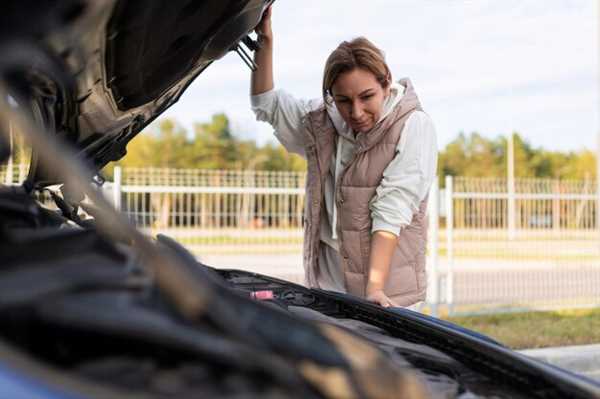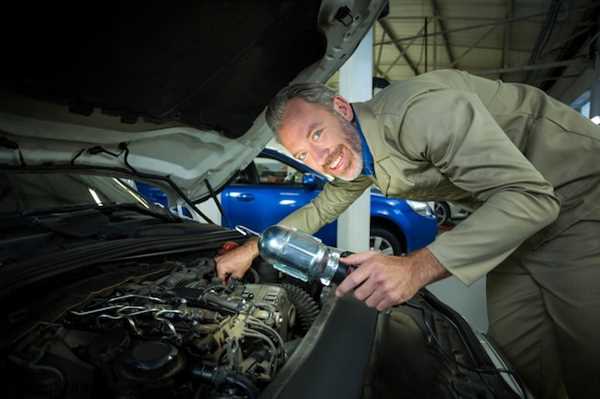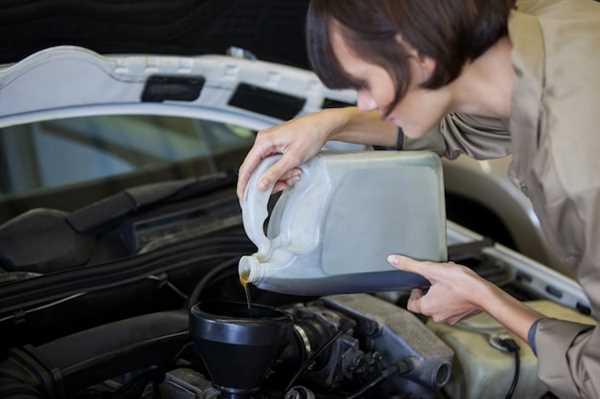

Conduct a thorough inspection every three months to keep mechanical parts in optimal condition. Regular checks can reveal potential issues before they escalate, saving time and money in repairs. Ensure that fluid levels are adequate and free from contamination. This step acts as a preventive measure against engine wear and malfunction.
Scheduling routine checks for brakes, tires, and suspension components is crucial for safety and performance. Replace worn brake pads and maintain proper tire pressure to improve handling and fuel efficiency. A well-aligned suspension system supports even tire wear and enhances ride quality.
Inspect belts and hoses for signs of wear or degradation, as these elements are vital for overall engine performance. Replacing them at recommended intervals can prevent breakdowns and costly repairs in the long run. Stay attentive to unusual noises or warning lights; they’re often indicators of underlying issues that need immediate attention.
Timely Oil Changes: Why and How Often?

Change engine oil every 3,000 to 5,000 miles, depending on the type used. Use synthetic oil for longer intervals, as it can last up to 10,000 miles. Regular checks and oil changes minimize wear and tear on moving parts, promoting better performance.
Inspect the oil color and consistency during routine check-ups. A darker, thicker fluid indicates contamination and depletion of lubricating properties. In such cases, change the oil immediately to avert potential engine damage.
Utilize reputable oil filters, and always replace them during an oil change. This ensures contaminants don’t disrupt new oil flow, maintaining clear pathways for optimal engine performance.
Consult the owner’s manual for manufacturer recommendations on oil change frequency and type. Following these guidelines will preserve functionality and enhance the overall lifespan of the machine.
Keeping records of oil changes and inspections helps monitor the health of the engine. If there are any unusual noises or performance issues, consider earlier oil changes or professional assessment.
Understanding the Importance of Tire Inspections and Rotations

Regular tire inspections should be conducted at least once a month. These checks help identify issues such as uneven wear, low tread depth, or damage to the sidewalls.
- Monitor tire pressure regularly. Under-inflated tires can decrease fuel efficiency and lead to premature wear.
- Check tread depth using a penny test. Insert a penny into the tread; if you can see all of Lincoln’s head, it’s time to replace those tires.
- Inspect for physical damages like cuts, punctures, or blisters to prevent blowouts.
Rotating tires every 5,000 to 8,000 miles is crucial for even wear. The front tires often wear faster due to steering and weight distribution.
- Follow the vehicle manufacturer’s recommendations for rotation patterns (cross, front-to-back, etc.).
- Keep records of rotation and inspection dates to ensure consistency.
- Use this as an opportunity to check brake pads and suspension components for additional safety assurance.
Inadequate inspections and neglecting rotation can lead to decreased traction, handling issues, and potential safety hazards. Prioritize these tasks to maintain the integrity of handling and performance on the road.
Brake System Checks: Key Signs Your Brakes Need Attention
Pay immediate attention when you hear squeaking or grinding noises during braking. These sounds often indicate worn brake pads or damaged rotors. An inspection is necessary to prevent further damage.
Notice the vibration in the steering wheel or brake pedal while stopping? This can signify uneven brake wear or issues with the brake rotors, necessitating a thorough assessment.
If the brake warning light appears on the dashboard, don’t ignore it. This alerts you to potential problems, which could range from low brake fluid to more serious brake system failures.
Check for a spongy or soft brake pedal feel. This can suggest air in the brake lines or a problem with the master cylinder, requiring immediate investigation.
Monitor braking distance. If you find that it takes longer to stop than usual, the brake system may need evaluation to ensure safe functionality.
Lastly, keep an eye out for fluid leaks under the vehicle. Any pooling of brake fluid could indicate leaks in the system, which demands urgent attention.


